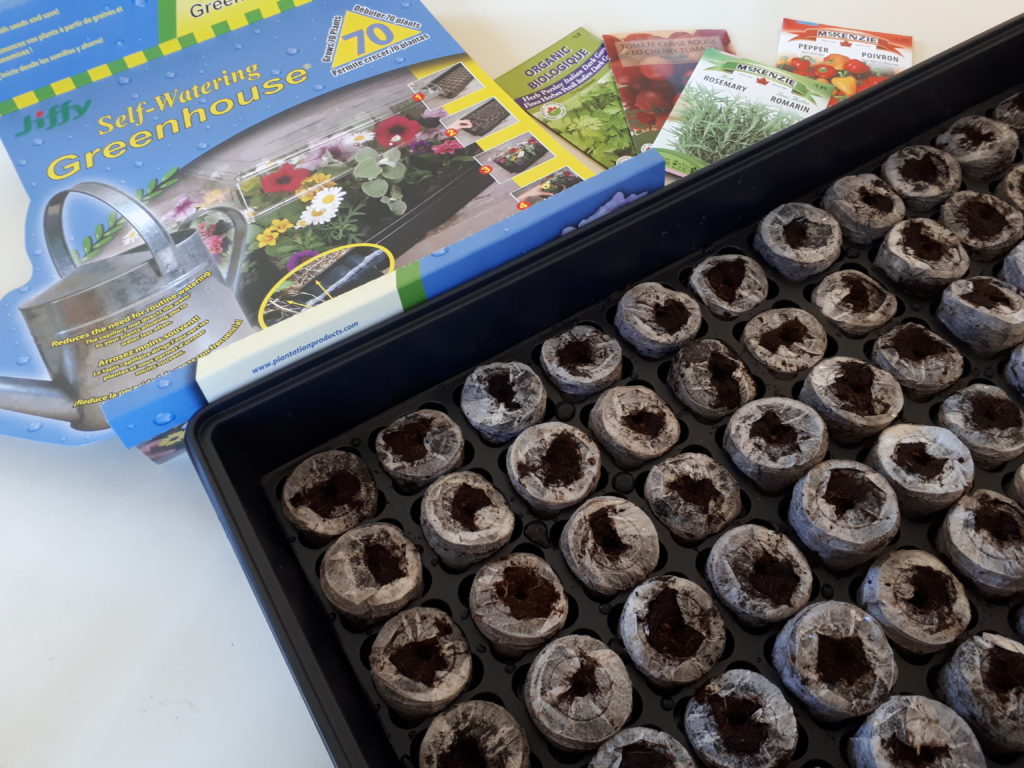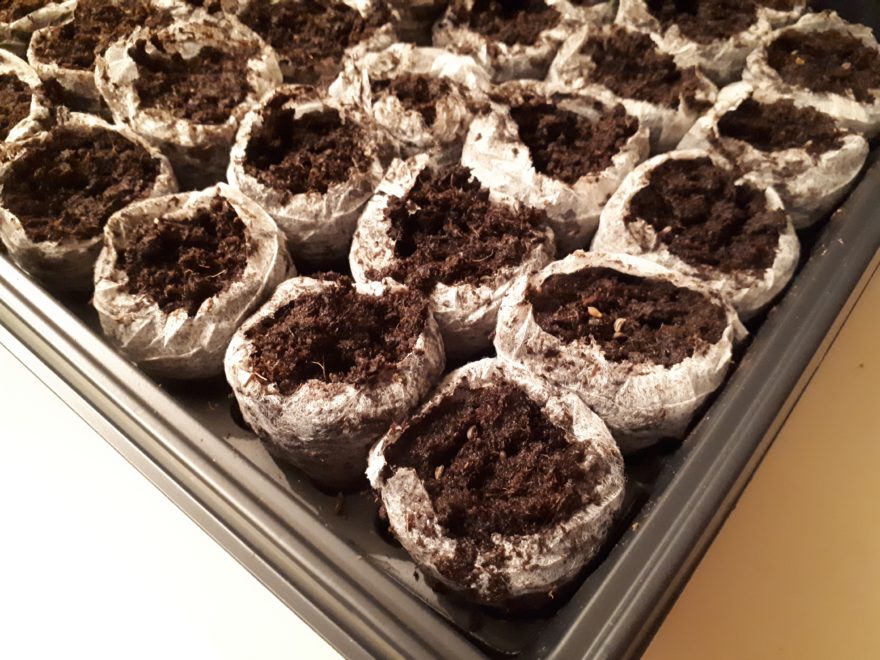Are you finding that you have a lot more time on your hands these days, during the pandemic lock-down, but are somehow getting less done? That’s definitely how I’m feeling, but that was true for me prior to the COVID-19 outbreaks currently plaguing our planet.
I’ve been reading in the news that many people now feel unsettled, unable to concentrate or focus on anything – including the work that they’re supposed to be doing from home while their offices are closed.
Well, that’s how I felt for the better part of year – after a mild cognitive impairment (MCI) forced me away from my beloved bioethics career in late 2018.
The MCI was a completely unexpected – to me at any rate! – result of my rare autoimmune and neuro-inflammatory disease; Complex Regional Pain Syndrome (CRPS).
It was only after I’d been diagnosed with an MCI, and been placed on medical leave, that I stumbled across medical journal articles noting this potential long-term effect of the disease:
Pain chronicity or duration of chronic pain illness may also be a factor in the relationship between pain and cognition…
Moriarty, McGuire, and Finn; Progress in Neurobiology (2011)
pain chronicity was not associated with differences in cognitive function, whereas other studies have shown that duration of illness (migraine, diabetes and [fibromyalgia] FM, CRPS and chronic back pain) was inversely related to cognitive performance”(1)
One of the results of my MCI is that I often find myself starting little projects, even around the house, and then getting distracted; by the phone, a text, my husband, the sound of bird’s song… almost anything.
I used to pride myself on being a detail-oriented person, a problem-solver, and someone who “got things done” at work. Now? “Not so much” would be an understatement.
These days, I consider it a success if I manage to finish something like getting the dishes washed the same day that I filled the sink; we don’t have a dishwasher as I wasn’t willing to sacrifice storage space in my 1991-era kitchen ‘-)
So I’m very pleased that I’ve been able – so far! – to take good care of almost 150 seedlings. I planted seeds several weeks ago, in a re-useable mini-greenhouse system, and have been growing them in my living room.
In my area we can have overnight frost warnings until mid- to late May, so many gardeners start plants – like herbs, flowers, and many vegetables – from seed indoors and then move them outside after two months or so.
What have I planted? First off there are over fifty Italian parsley plants, which I’m planning to grow to maturity and then harvest all at once. Most herbs can be chopped up and frozen in ice cube trays, 1 tablespoon at a time with a bit of water added.
Then whenever you want fresh herbs in a recipe during the winter months, you can simply pop in some frozen herbs instead. With Italian parsley costing as much as $5.00 for a small bunch, during our snowy Montreal winters, this seemed like a great idea when I read about it.
That being said, I haven’t actually tried this before. The COVID-19 lockdown seemed like a good time to try growing seedlings, to be able to freeze herbs at the end of the summer.
Why now? Because my husband is working from home, so he can remind me to water my trays of seedlings every day. What else am I growing from seed this year? I’m so glad that you asked ‘-)

Cherry tomato plants, rosemary, and beets. Have you tried thick slices of beets, coated in a touch of olive oil and then grilled on a barbeque? They’re delicious, like a candied version of a vegetable! And healthy, too, unless you suffer from gout or kidney stones:
Beets are packed with healthy nutrients, like the five essential vitamins, calcium, iron, potassium and protein.
Jung; Readers’ Digest Canada (2019)
But they can also have some surprising side effects.”(2)
With any luck, all of my little seedlings will survive, and I’ll be able to transplant them into our back garden by the end of May. There are also some other packages of seeds that I’ve picked up, to plant directly into our back garden, because they don’t do well being transplanted. Courgette – also called zucchini – plants and green peas, for example.
Each time I take a look at these little plants growing, from what were just pods of bare earth a few weeks ago, I can’t help but smile. Each morning I check for any new sprouts, and try to see whether the others seem to have grown.
I’ve realized that these tiny seedlings are bringing more joy into my days, so I wanted to write this post to wish you joy in your days as well. Whether it’s talking to a loved one, connecting with a friend via email or social media, watching the spring plants grow, or any other of a number of ways to pass the time… I wish you moments of joy and peace throughout each day.
Be kind, be well, and stay safe. Thanks so much for stopping by the blog! Feel free to leave your comments over on Instagram or Twitter; the comments on the blog have been disabled.
References
(1) Orla Moriarty, Brian E. McGuire, and David P. Finn. The effect of pain on cognitive function: A review of clinical and preclinical research. Progress in Neurobiology. 93 (2011) 385–404. ePub 07 Jan 2011. Online:
https://www.researchgate.net/profile/Brian_Mcguire2/publication/49738338_The_effect_of_pain_on_cognitive_function_A_review_of_clinical_and_preclinical_research/links/5db9926b92851c8180161ef6/The-effect-of-pain-on-cognitive-function-A-review-of-clinical-and-preclinical-research.pdf
(2) Alyssa Jung. What You Don’t Know About Beets: Health Benefits and Risks. Readers’ Digest Canada. 2019. Online:
https://www.readersdigest.ca/food/healthy-food/health-benefits-of-beets/

